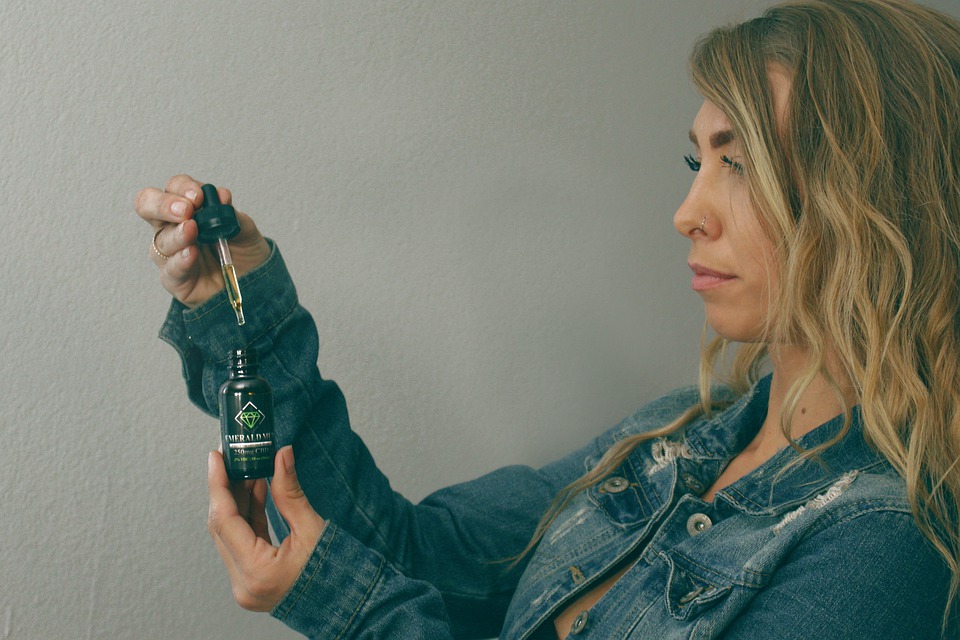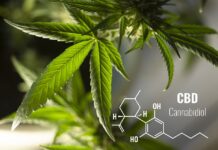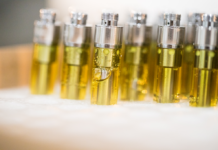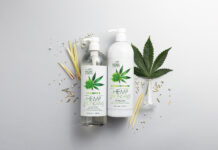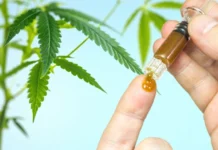Since the legalization of industrial hemp, CBD sales have been rising in the U.S. Businesses of all sizes are taking advantage of this ever-expanding market by creating and selling a wide variety of products. This includes cosmetics, oils, gels, capsules, dietary supplements, food products, and more.
Unfortunately for those in the cannabis industry, the rules and regulations surrounding the labeling and sale of CBD are vague. The Food and Drug Administration’s (FDA) lack of clear guidelines has caused many businesses to commit violations unknowingly and face lawsuits due to improper labeling.
According to Royal Label Printing Company, an expert in the field of cannabis and CBD product labeling and packaging, it can be challenging to navigate the ins and outs of labeling regulations and requirements. As vague as the rules may appear, failure to comply with federal and state packing guidelines can result in warnings from the FDA and lawsuits that might cost you and your business. That is why we have listed everything you need to know about CBD packing laws:
What You Should Know About CBD Labeling
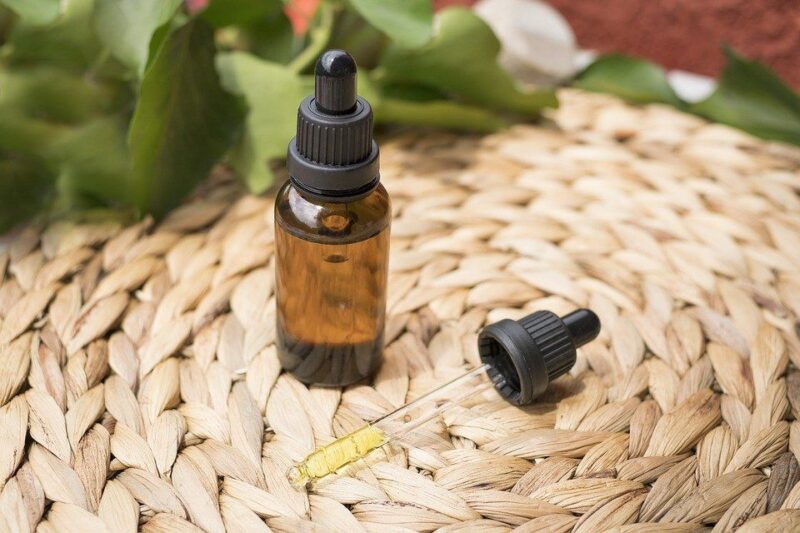
The rules concerning the sale of cannabis and CBD products vary from area to area. Because the laws and regulations are not across the board, every distributor should check the labeling requirements on a state-by-state basis. It is essential to know the specific CBD labeling and packaging requirements in whichever locations you intend to sell your product.
First, determine the classification of your product to be sure you meet all FDA labeling requirements. If you are selling in a state with legalized edible CBD products, the FDA labeling rules will vary depending on how they are classified. Edible products are typically categorized as food or dietary supplements. Knowing how your product is classified will help you follow basic FDA labeling requirements.
If the item contains any herbs, vitamins, botanicals, amino acids, or other substances that can enhance or supplement a diet, it most likely falls under the FDA’s definition of a supplement. While most CBD products are generally classified as supplements, some may be considered a food or drink by the FDA, requiring different labeling practices.
Basic CBD Labeling Requirements
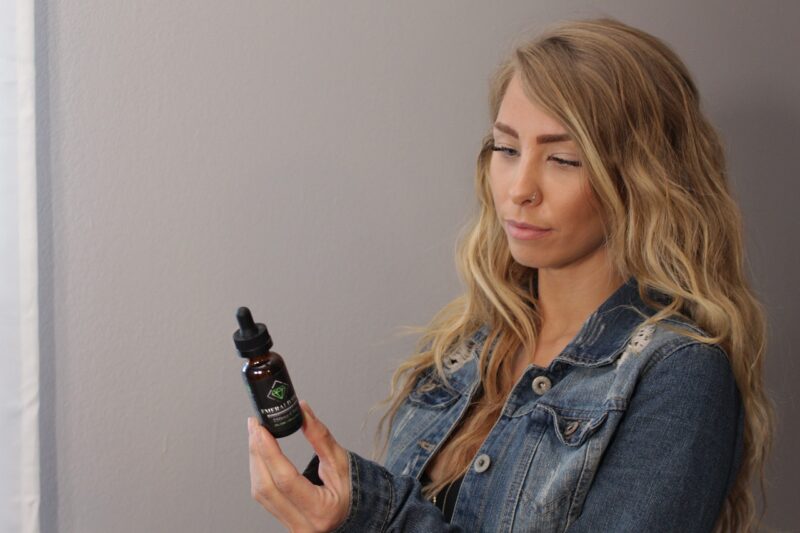
Whether you are selling cosmetics, dietary supplements, oils, or foods, these are some basic requirements to include on your CBD packaging labels:
Product Identity
You must include what your item is or what it can treat on the Product Display Panel (PDP) upon the outer packaging, along with suggested use or application instructions. Including this information on the product’s inner container can also help consumers, although it is not necessary from a legal standpoint.
Net Quantity of Contents
You need to state how much product is contained within the packaging container. The amount needs to be measured by volume for liquid products and by weight for solids. This information should be displayed on the bottom 30% of the PDP and an information panel on the inner container.
Amount of Active CBD Per Serving
Along with the amount of product per container, you must also include the amount of active CBD per serving.
Name and Place of Business
Here you can state your company’s name, logo, and geographical location, tools like Placeit can help you with that. You may also include contact information such as the phone number for the producer, packer, and distributor. It may be smart to offer a QR code that consumers can scan to receive more information about your product and business, too.

Ingredient Declaration
Whether cosmetic or ingestible, all CBD products must include a full declaration of ingredients, both active and inactive. They are required to be listed on the outer packaging information panel. While you are not required to include the ingredients on the inner panel, it can be useful. If there is no outer packing for your product, you must list the element on the product container itself.
Warnings or Cautions
You should include a brief and standard warning for children and pregnant women, as well as any relevant complications with people taking medications. You should also provide a warning that consuming any hemp products, even non-THC products, could still show up on a drug test.
Disclosure of Material Facts
Any relevant information or facts that a consumer might deem important when buying your product should be listed on the label. For example, if a cream or gel should only be used externally, or if your CBD oil should only be used at night, this information should appear on the packaging label.
Many of the country’s top CBD distributors also include their product’s purity level of CBD. A percentage of 99.9% and higher indicates nearly pure CBD, while 95.5% or lower may still contain trace amounts of THC. Many distributors also include whether the CBD is full-spectrum, broad-spectrum, or isolate, as well as the expiration date, product batch, and manufacturing dates.
What to Avoid Putting on CBD Labels

Now that you’re aware of everything a distributor and producer should know about what to put on CBD labels, here is a shortlist of what you should avoid printing on your product labels:
1. False or Misleading Statements
The FDA has recently sent out many warnings to businesses selling CBD. One of the most prevalent reasons companies received these warnings is false information or misleading marketing on their packaging and product labels.
For example, claiming that your CBD products are “drugs” capable of preventing or curing certain diseases, viruses, or ailments goes against FDA regulations. You should always avoid making any claims about the medical or therapeutic benefits of your products.
2. Using Buzzwords
Using buzzwords such as “organic,” “all-natural,” and “pure” on your labels can be off-putting to consumers. These words are often scientifically meaningless when referring to cannabis, cannabidiol, hemp, or CBD products. While using these words on your labels may not get you in trouble with the FDA, consumers are becoming more aware of common and misleading buzzwords.
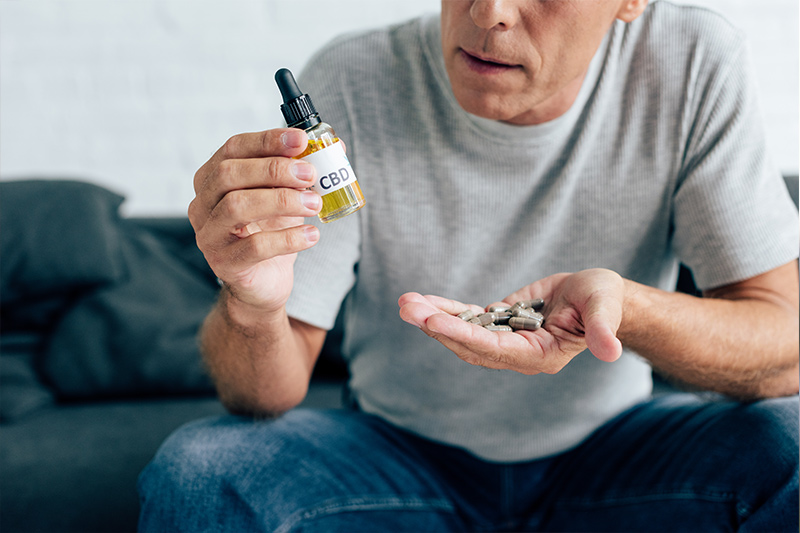
3. Difficult to Read
Using unclear or illegible font on your labels could confuse many potential customers and make your product appear low-quality. Make sure the necessary information is displayed correctly and printed clearly and legibly.
4. Do Not Violate the Poison Prevention Packaging Act of 1970
It’s a good idea to familiarize yourself with these necessary packaging regulations to avoid any accidental violations. For example, the Poison Prevention Packaging Act enforces all packaging to be sealed with child-resistant packaging. Ensure that you are proactive towards preventing accidents and violating any laws.
CBD labeling rules and regulations may vary based on the area you sell products in. It is imperative to understand labeling and packaging requirements in the states you plan to operate to steer clear of potential FDA violations.

